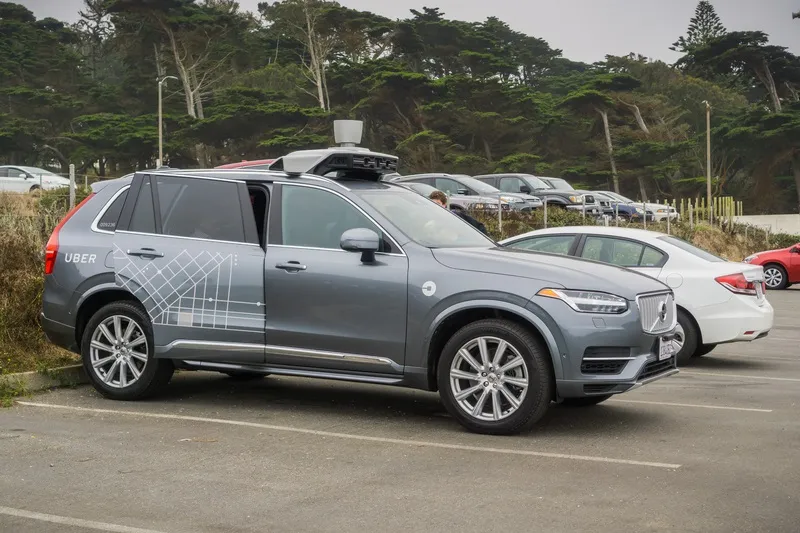
A ‘world’s first’ has been claimed by
A camera mounted in the windscreen and radar fixed within the front grill of Honda CR-Vs are linked to software that controls the car’s cruise control in reaction to what’s going on in front of the vehicle.
This is the first in a series of new advanced driver assistance systems under development and heading towards cars, motorbikes and scooters rolling off the Honda assembly lines.
“Safety for everyone is the slogan for our overall initiative for the safe coexistence of all road users, including pedestrians and cyclists and drivers of all types of vehicle,” says Honda’s electronic technology section leader Robert Kastner.
“The i-ACC system can predict ‘cut-ins’ (a vehicle ahead moving suddenly into the driver’s path) up to five seconds before they occur. The technology makes use of situation modelling to enact context based prediction.”
Other Honda Sensing systems close to production include C2X motorbike proximity detection. “Honda is really pushing for this and is the only company progressing C2X communication equally for motorbikes as well as cars, so both get warning of each others’ presence,” Kastner says.










